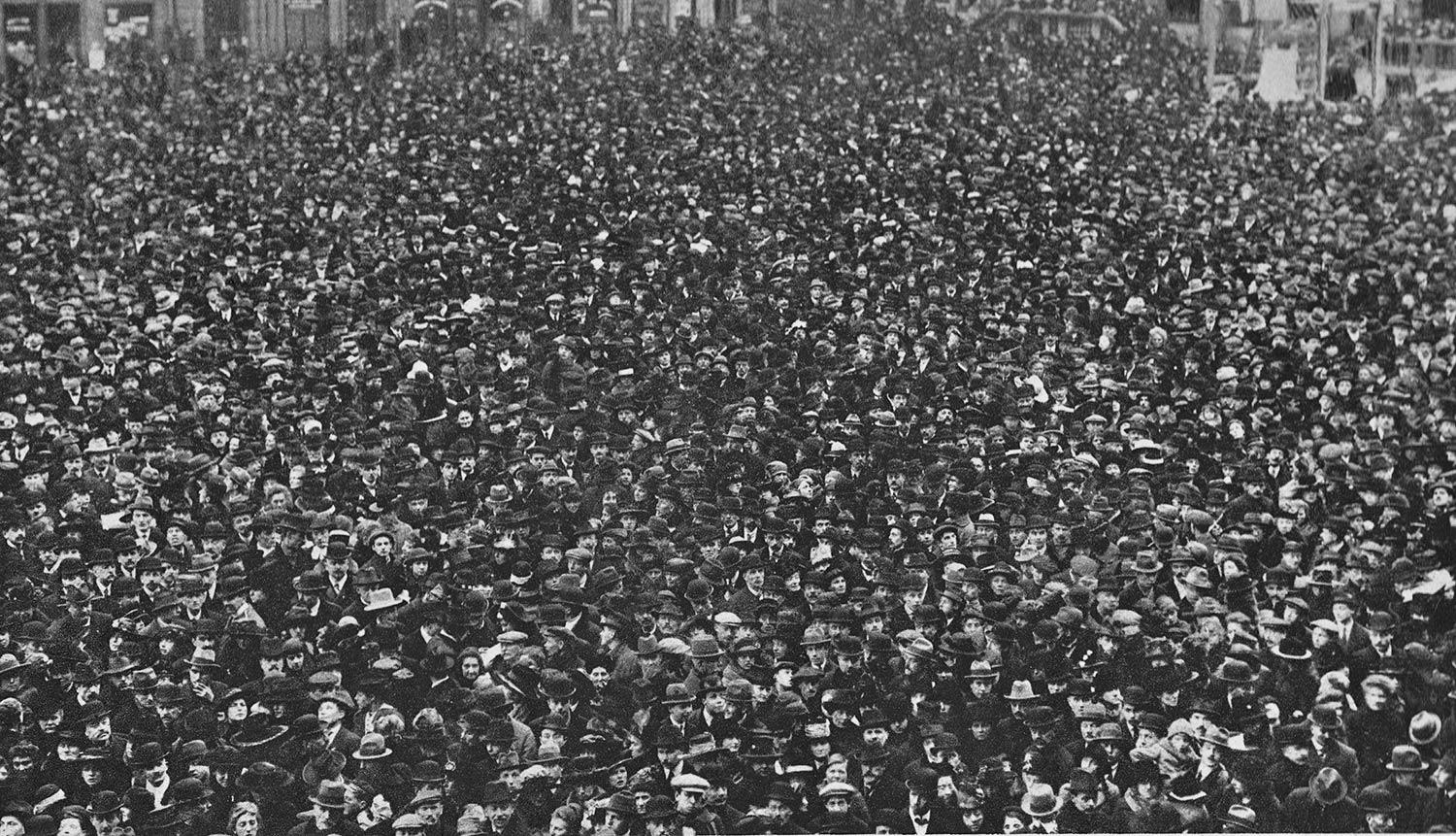Brussels in 1918: Occupation, revolution and the Armistice
In the days surrounding the Armistice, Brussels was liberated by German revolutionary soldiers, who up until a few days earlier, had been the occupiers themselves.

Crowd in Grand Place to greet the return of imprisoned Mayor, Adolph Max on 17 November 1918. Credit: Creative Commons
Copyright © 2025 The Brussels Times. All Rights Reserved.
